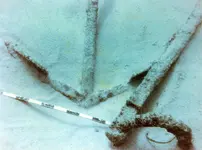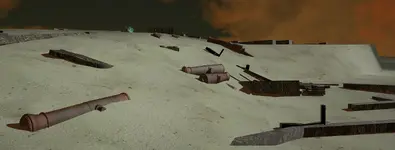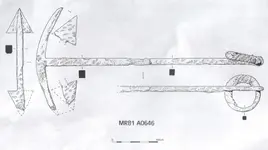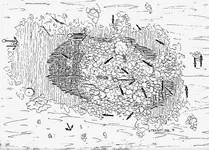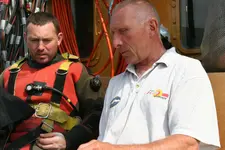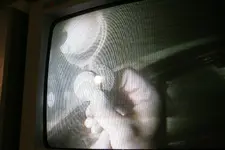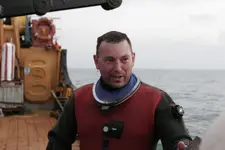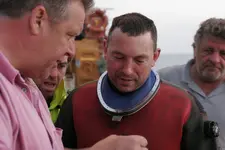Colombiapictures
Hero Member
- #241
Thread Owner
I will also add that EVERYTHING on ships was made from it... for it was superior and still is.
Also... the oil from the seeds made all the paints and varnishes etc etc.
And... BOTH were also eaten in harsh hard times to survive hunger.
I agree, linen and hemp, very similar, both with edible seeds. Jute came later, competing with linen and hemp. Who controlled the jute market? Did the controllers of the jute market, lobby for the destruction of the hemp production? Shortly after WWII? Still a lot of sailing ships and boats on the oceans. I think there are a few years between, before the synthetic fibers appeared.
Hemp ropes although the best, did suffer much more from wear and tear than synthetic fibers. Specially in the tropics, rot was an ever present problem.
Amazon Forum Fav 👍
Last edited by a moderator:



